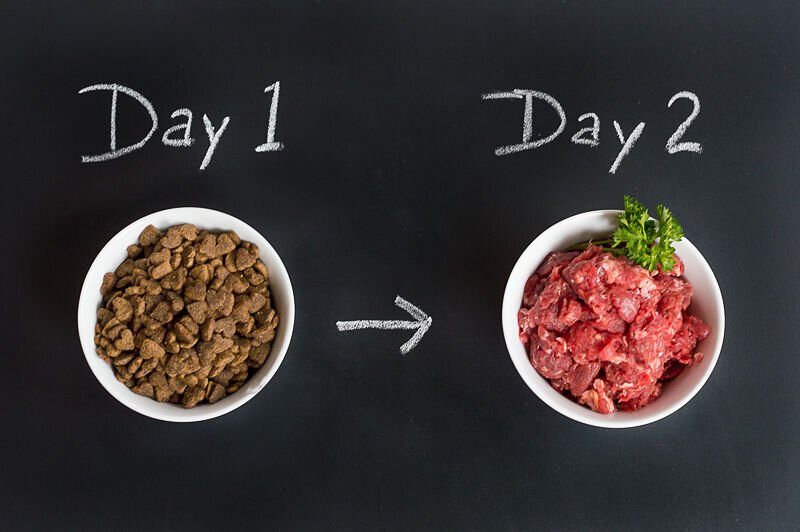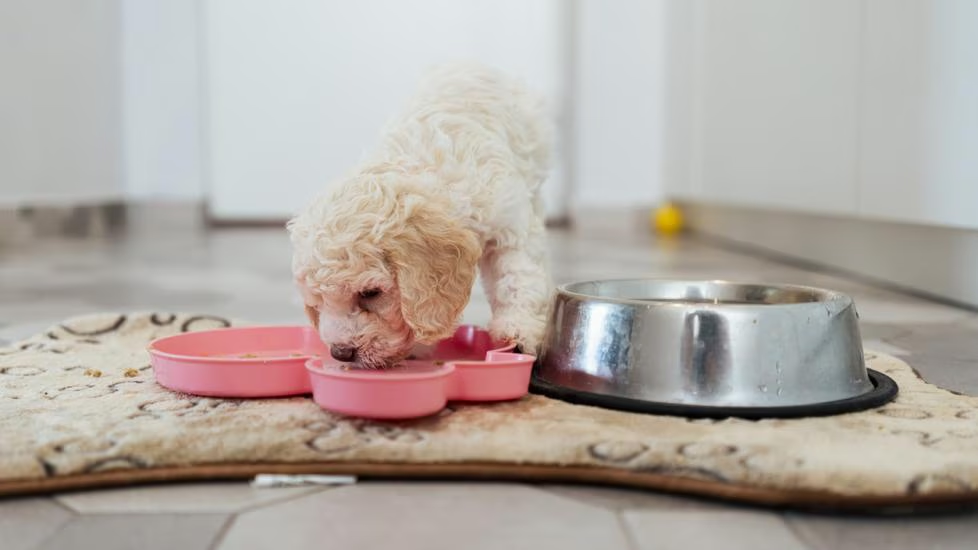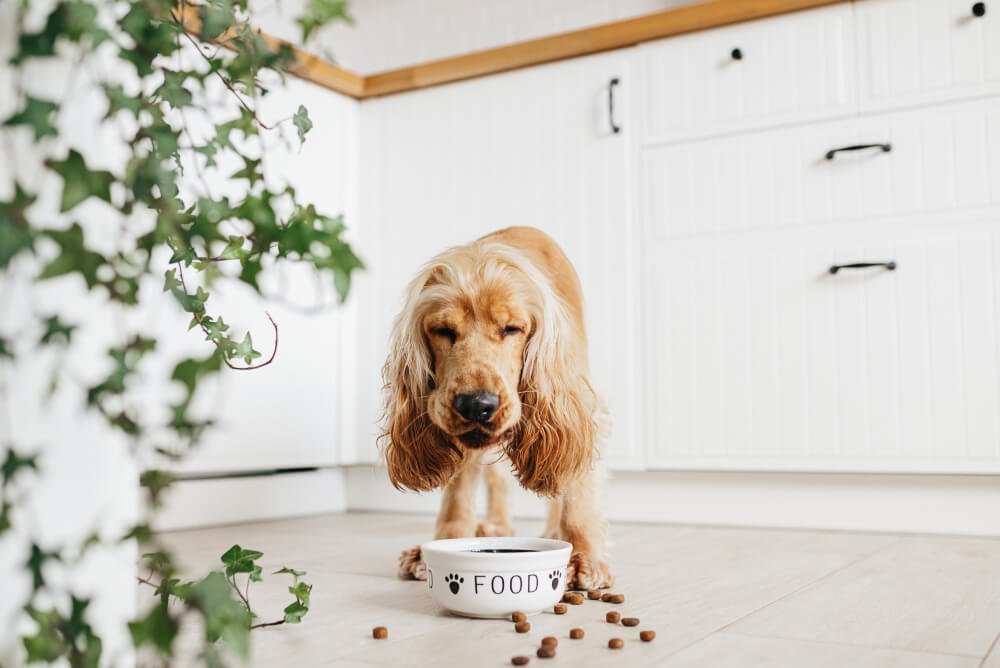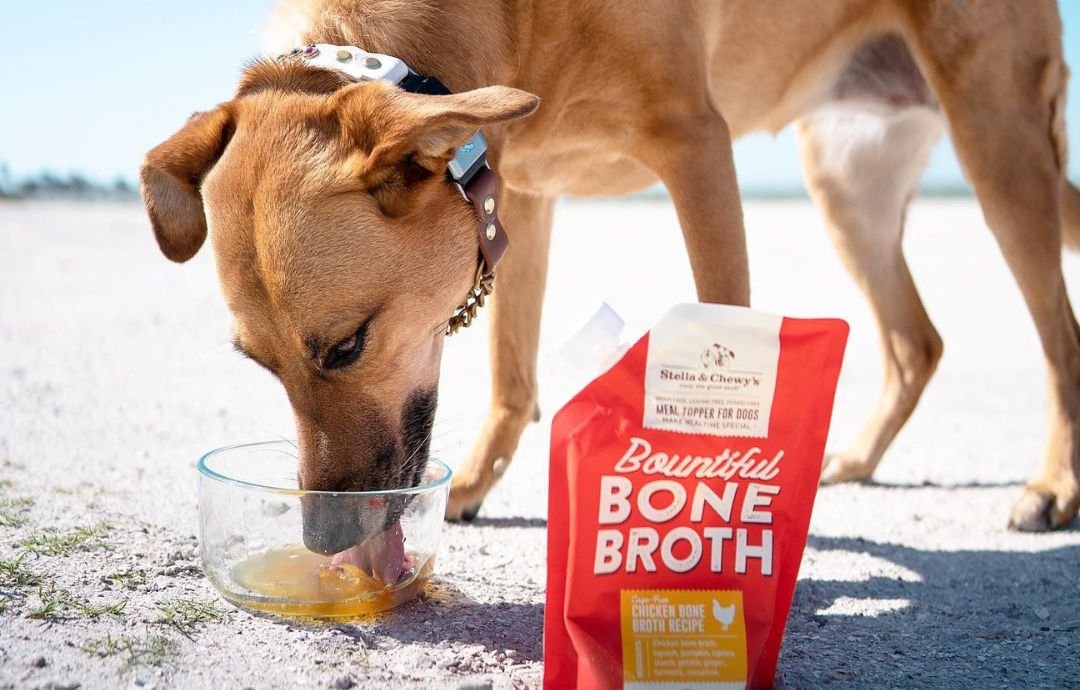Changing your dog’s food can be tricky, but knowing how to transition dog food safely makes the process much easier. A smooth transition helps avoid stomach upset, diarrhea, and other issues that may arise when switching to a new brand or flavor. In this guide, we’ll cover the best way to switch your dog’s food without causing harm.
Why Transitioning Dog Food is Important
When you switch your dog’s food too quickly, it can upset their stomach. This is why how to transition dog food safely is so important. Dogs’ digestive systems need time to adjust to new ingredients. By introducing the new food gradually, you reduce the chances of digestive problems like vomiting or diarrhea.
A safe transition helps your dog get used to the new food while still digesting the old food. Over time, their stomach will adapt to the new food’s ingredients, and they will be able to eat it without any issues.
Step-by-Step Guide on How to Transition Dog Food Safely
If you want to know how to transition dog food safely, following these simple steps will help. A gradual approach is key to avoiding digestive upset.
1. Start Slowly
The first step in how to transition dog food safely is to introduce the new food slowly. Begin by mixing just a small amount of the new food with your dog’s regular food. For example, start with 75% of the old food and 25% of the new food. This small ratio allows your dog’s stomach to adjust without overwhelming it.
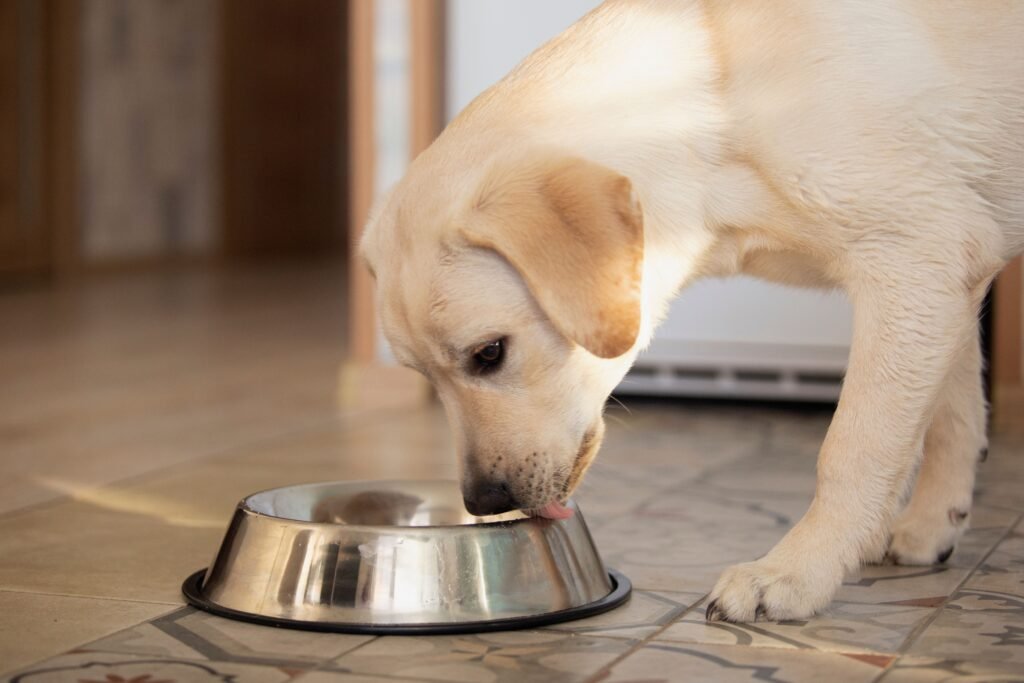
2. Gradually Increase the Amount of New Food
Over the next few days, you will gradually increase the amount of new food and decrease the old food. Each day, increase the amount of new food by 10-20%. By the fourth or fifth day, you should be feeding your dog mostly the new food, with only a small amount of the old food remaining.
This gradual change is an essential part of how to transition dog food safely, as it allows your dog’s stomach to adjust without causing discomfort.
3. Watch for Signs of Digestive Upset
While transitioning, it’s important to monitor your dog for any signs of digestive upset. These can include vomiting, diarrhea, or a loss of appetite. If you notice any of these symptoms, slow down the transition. You may need to stay at a certain food ratio for an extra day or two to help your dog’s digestive system adjust.
If your dog continues to show signs of discomfort after a week, consider going back to the previous food and consulting your veterinarian. Your dog may need a more gradual transition or a different type of food.
4. Stick to the New Food Once Fully Transitioned
Once your dog has fully adjusted to the new food, you can begin feeding them the new food exclusively. This process of how to transition dog food safely usually takes about 7-10 days, depending on your dog’s individual needs.
By the end of this period, your dog’s digestive system should be able to handle the new food without any issues. At this point, you should be feeding your dog only the new food.
5. Consider Special Diet Needs
If your dog has a sensitive stomach or food allergies, you may need to transition even more slowly. Dogs with sensitive stomachs may require up to 2 weeks to fully adjust to the new food. Make sure to speak with your vet if your dog has any special dietary needs. They can recommend the best approach and help you find the best food for your dog.
The key to how to transition dog food safely is to go at a pace that suits your dog’s digestive system. A slower transition may be necessary for dogs with sensitive stomachs or other health concerns.
6. Don’t Overfeed During the Transition
Overfeeding your dog during the transition period can also lead to digestive issues. Make sure you continue to feed your dog the recommended portion size based on their weight and age. Even though you are changing their food, avoid giving them more than they need, as this can lead to overfeeding and discomfort.
7. Keep Hydration in Mind
As you transition your dog’s food, be sure they have access to plenty of fresh water. Changing foods can sometimes cause mild dehydration, especially if your dog experiences any digestive issues. Keeping their water bowl filled at all times can help them stay hydrated during the transition.
When to Consult Your Veterinarian
If you’re unsure about how to transition dog food safely or if your dog is experiencing severe digestive problems, it’s always best to consult your veterinarian. They can provide advice on the best food for your dog and suggest ways to make the transition smoother.
Also, if your dog has a medical condition or is on a special diet, your vet can recommend the best approach to changing their food.
Conclusion
Knowing how to transition dog food safely is important for maintaining your dog’s health and happiness. By gradually introducing the new food, watching for signs of discomfort, and adjusting the process to your dog’s needs, you can ensure a smooth transition. Always remember to make changes slowly and monitor your dog’s reactions to prevent any digestive upset. With the right approach, you’ll help your dog enjoy their new food without any issues.







